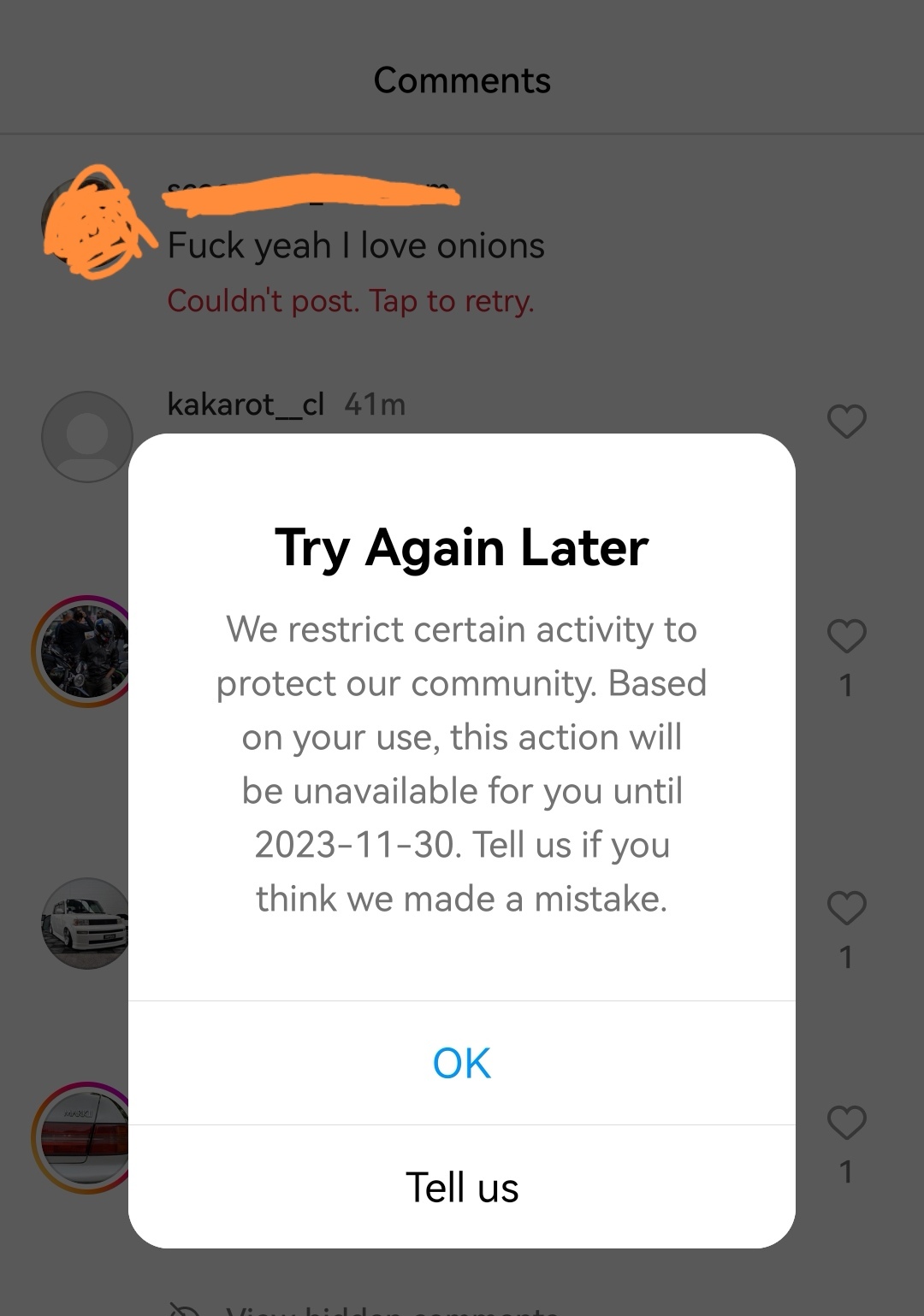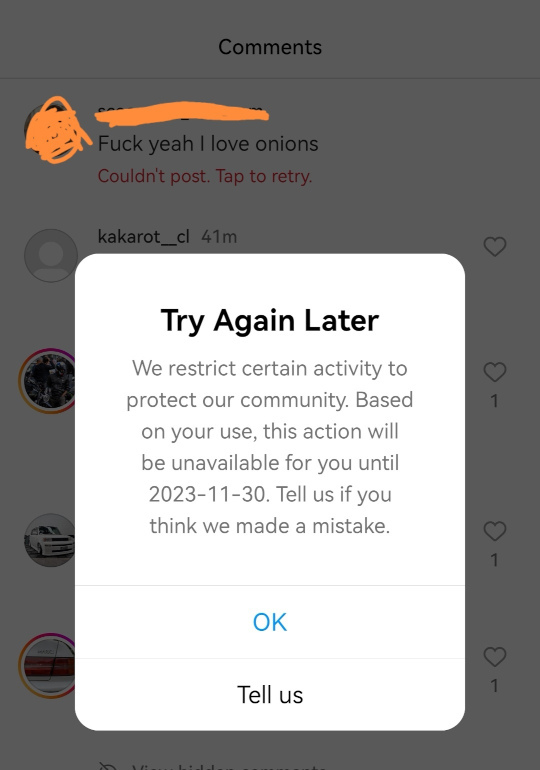Freesia, because it reminds me of my childhood and Spring.
luthis
Tarballs are not built from source?
I have heard multiple times from different sources that building from git source instead of using tarballs invalidates this exploit, but I do not understand how. Is anyone able to explain that?
If malicious code is in the source, and therefore in the tarball, what's the difference?
Pretty sure you could count not freezing to death, having a space to keep your things safe, health, stability etc as a value output.
It's true... far right dictators love this shit:
Already happened in China in 1958, but I don't believe ballots were involved...
Apple will make you pay for anything apparently
Being a monarch or some kind of royalty seems to be excellent financially and often overlooked.
using sufficiently long passwords is your best defense
No, using 2FA is your best defense, along with wise recovery questions. It matters nothing if you know someone's password, but can't get the 2FA code.
Brute force is only a thing when either they have the password hash, or the login portal is susceptible to brute force (ie shite). Both cases are rare.
It doesn't matter in the slightest if you use 2FA.



Terrible weather, bucketing rain, not too cold, low visibility in fog / low cloud. Close proximity to mountain bike park. Full day of sliding down trails, getting covered in mud. Absolutely miserable, wet and dirty all day, struggling to maintain traction up the hills, frequently sliding out. Evening spa / hot pools to relax the muscles with a beer.
That's heaven.